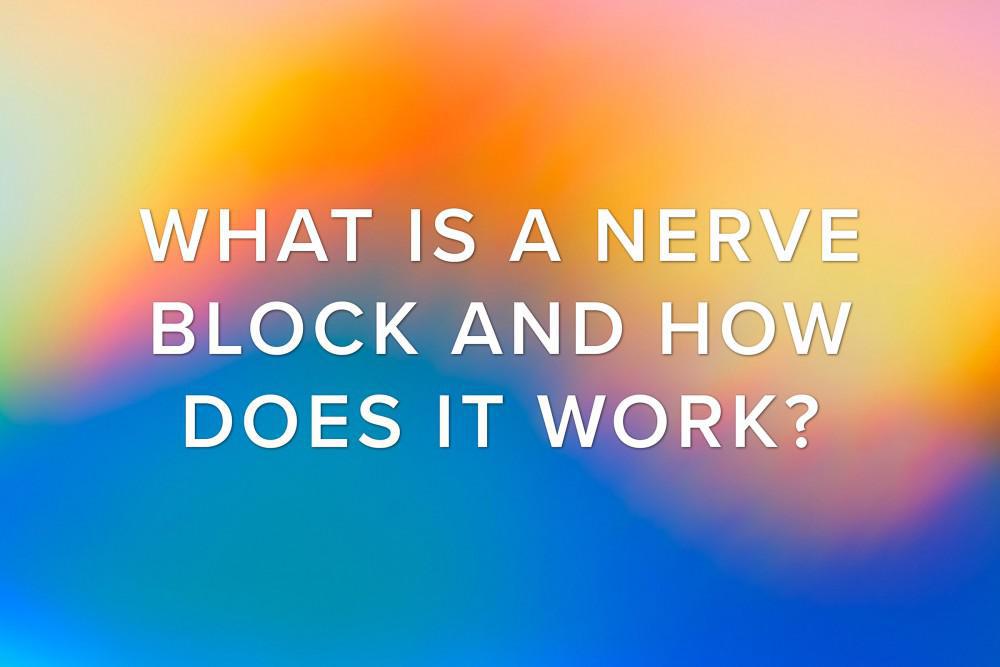
What is a nerve block and how does it work?
You may have heard of the term “nerve block” but have you wondered what it actually means in a practical sense? In some ways, a nerve block is a tool used by doctors to locate the source of certain pain, and even control that pain.
There are a variety of nerve blocks, and the type used depends largely on the area and possible source of the pain. They can also be broken into several categories, including the following:
- Diagnostic, to determine the source of pain.
- Preemptive, to prevent pain from a procedure.
- Prognostic, to help predict outcomes of a possible procedure such as surgery.
- Sympathetic, to determine whether there is damage to the nerve chain.
- Therapeutic, to treat painful conditions involving acute pain.
In some cases, never blocks are used in an effort to avoid surgery. Not everyone responds to nerve blocks the same way, so surgery is sometimes still required. Factors like a patient’s medical history or even preferences of a doctor can also come into play when using nerve blocks as a treatment tool.
Nerve blocks do involve injections, which can cause anxiety in some patients. This can also compound when a nerve block involves multiple injections. One thing to keep in mind though is that any fear of the injection is nearly always worse than the injection itself. Often a local anesthetic is also used to reduce any pain at the injection point.
How long does the nerve block last? Well, this really depends on the goal of the nerve block. The block can last as little as a few hours, several weeks, or even a few months. For some, the pain relief can be permanent even when the nerve block itself wears off.
Whatever the result ends up being, nerve blocks are useful tools for doctors to assess and treat pain. In some cases, they can actually bring an end to chronic pain and allow patients to return to their normal lives.










Related Posts